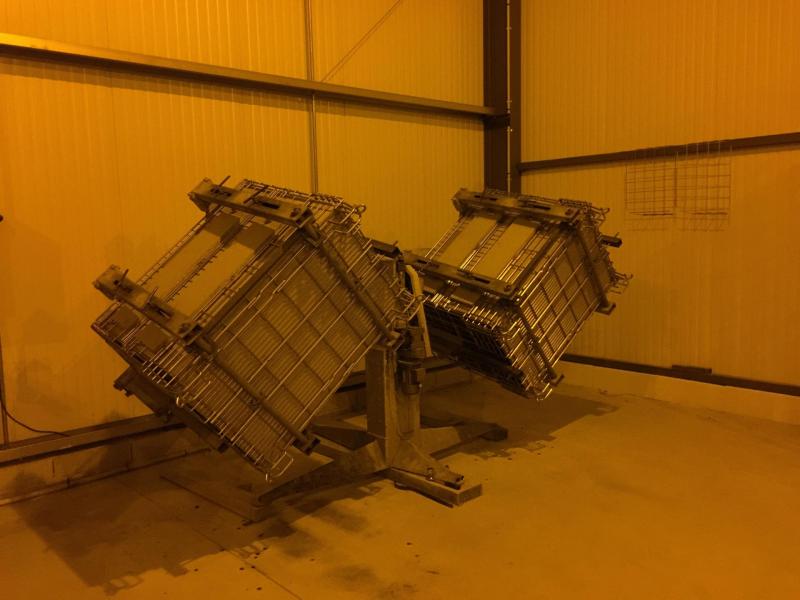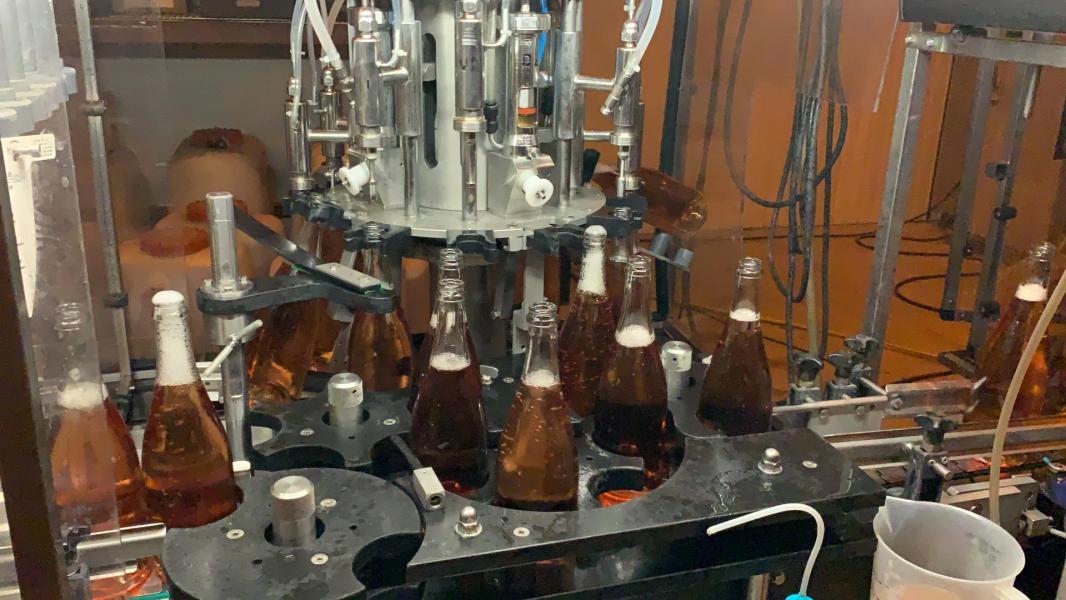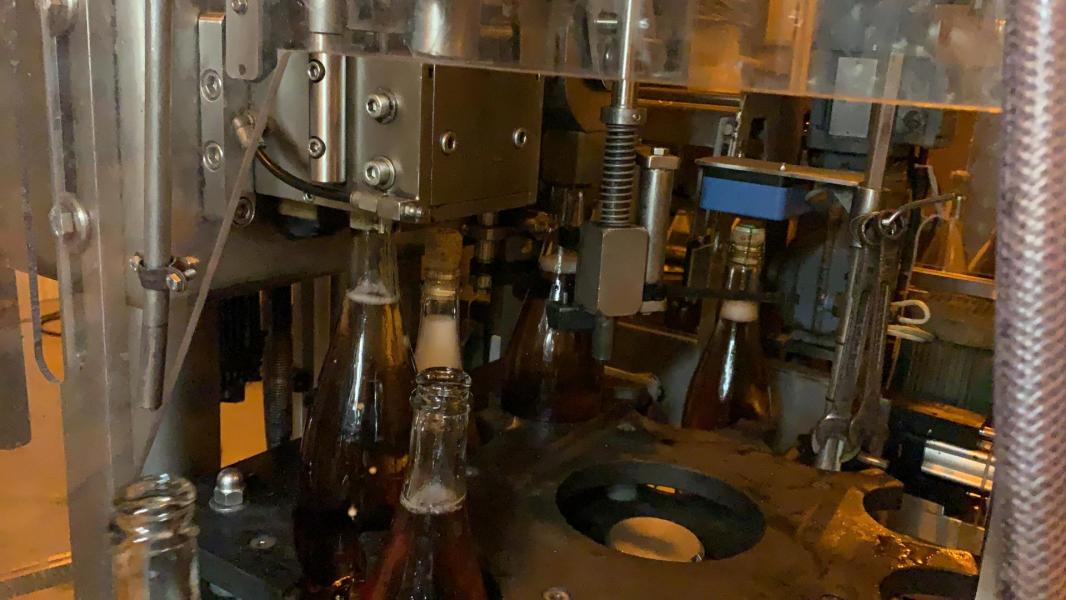The Stirring and Disgorging
In order to eliminate the disturbance generated by the yeasts from the foam intake in the bottle, the stirring is carried out with the help of Gyropalette, this consists in gradually lowering the deposit of yeasts into the neck of the bottle so that it can be expelled, after freezing of the neck, during the disgorging.

Disgorging is a crucial moment in the life of the wine, it consists in opening the bottle and expelling the deposit of yeast, lodged in the neck. When the blockage is removed, the pressure ejects the deposit.
The wine, which was at 6 bars of pressure, is therefore at atmospheric pressure.
During these few seconds of opening, oxygen enters the cylinder. The disgorging causes a shock, whose effect in terms of oxidation is important.
Then we proceed with the dosage, which is the last touch made to the wine before the capping. It consists of a light addition of "Shipping Liqueur".
Its aim is to round off the wine, which is completely devoid of sugar at the end of fermentation.
The clogging completes the disgorging, the wine is clogged to approach a new stage of its wake. This stopper is composed of a cork plug held by a muzzle. Although it provides maximum sealing, it does not completely prevent gas exchange. A little oxygen penetrates over time and the wine thus continues its vigil.
Disgorging



 English
English
 French
French
 Spanish
Spanish
 Japanese
Japanese